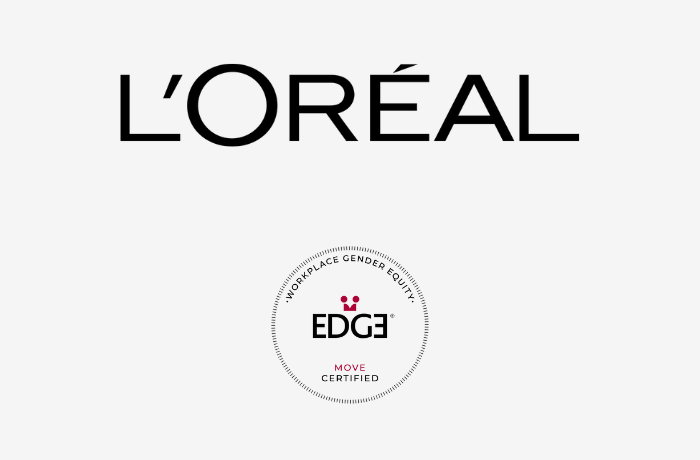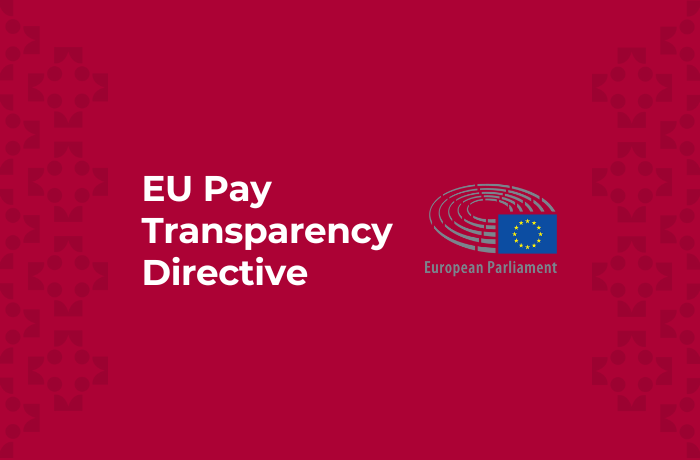The concept of equal pay for equivalent work is hard to argue with: it makes legal, moral and commercial sense. However, agreement with the concept does not remove gender pay gaps from our workplaces.
Last year’s Gender Balance Index (GBI) found that a large number of institutions, based in countries that have legislation for upholding the right to equal pay for equivalent work, shy away from understanding the gender pay gap within their own organizations. A surprisingly high 67% of the GBI participants responded that they didn’t measure gender pay gaps. When asked if they believed in the concept of equal pay for equivalent work in their organization, an overwhelming 90% responded that they felt no need to collect such data. Instead, they trusted that all was well and that no action was necessary.
In the 2022 Gender Equality Global Report & Ranking, Equileap researched and ranked 4,000 public companies using its gender equality scorecard. Published in March, the report found that 99.5% of public companies surveyed had a gender pay gap and only a miniscule 0.5% had closed their gap.
Equileap’s report cited data from the World Economic Forum’s Global Gender Gap Report 2021 which says that the global wage gap between women and men is estimated to be between 23% and 37%. While these estimates do vary, the sources agree that progress to close the gender pay gap remains painfully slow.
So, what can be done to close the gap? How can we get it as close to zero as possible?
The answer, lies in first measuring gender pay gaps, talking about the findings and then taking steps to remediate.
Measure It
The essential first step for any organization in addressing the gender pay gap is to gather objective evidence on where it stands. There are two main ways of measuring the pay gap, both of which are important.
The first one looks at the average or median pay for men and women (the gross gender pay gap) and often reflects the extent to which the senior, higher-paid positions in the organization are held by men. Solutions to closing the average gender pay gap may be longer term, such as investing in talent management policies and practices that secure a pipeline of female talent to fill senior positions.
The second one looks at the unexplained gender pay gap based on a regression analysis which accounts for certain objectively justified factors. This gives an overall picture of whether men and women in the organization are being paid equally for equivalent work. Drilling down further with an ‘outlier’ analysis will show whether there are specific individual cases of unequal pay which need
to be addressed immediately.
Importantly, measurement should not be taken with reference to the overall market, but instead to gender and value. Measurement should seek to qualify if individuals, when compared with others in similar positions with similar qualifications, skills and competence, are being paid equally. This measurement should be repeated at regular intervals, at least annually. External certification, such as EDGE Certification, brings credibility to this process as it is underpinned by independently verified equity analysis.
Talk About It
Measurement should be done openly and transparently. Anything otherwise will result in a process that is so opaque that no one will know how it’s being run, how the issue is considered and treated by the upper echelons of management and, just as importantly, how findings are dealt with and remediated.
The more transparent an organization is when having these conversations, the more its people will trust the system. Better still, when disparity arises, employees will be more inclined to have meaningful conversations inside the organization first rather than to seek legal redress.
Dealing with the issue proactively means telling employees why and how the gender pay gap is being measured, that it is being measured each year and that there’s a specific process and a budget allocated to the remediation of gaps found. At the same time, employees should be provided with opportunities to ask questions and understand the basic concepts and terminology. Publishing data, externally as well as internally, on the gross gender pay gap and the unexplained gender pay gap and setting out an action plan to address this, for example in the annual report, has proven to have a crucial impact on tackling the problem.
Close It
Some organizations fear, wrongly, that talking about or confronting the subject of gender pay can land them in trouble. The reality is, however, very different.
It must be remembered that legal liability is not triggered solely by an organisation measuring its gender pay gap and finding that it cannot be explained by any other factor than gender. Rather, legal liability is triggered by the existence of a pay gap that cannot be justified, and where no plans are in place to remediate the gap.
Closing the pay gap is about understanding the unknown and putting in place a proactive and curative programme to remove risk entirely.
In the short term, organizations must systematically implement measures for individual gender pay gap cases that are detected. This will require a specific remediation process and budget to do this as part of the regular salary review process.
Steps should also be taken to maintain pay equity. These can include monitoring starting salaries to ensure there is no discrimination based on gender from the outset, and questions about current salary during the interview and selection process should be prohibited. The promotion process should include an individual salary review to identify whether there is an opportunity to correct any historical inequality. Policies should also be put in place to ensure that periods of parental leave do not adversely affect an employee’s normal salary progression.
It is also important to provide training and clear guidance about pay equity for line managers and all those involved in determining remuneration. Employees should be given the opportunity to request a pay equity review without any suggestion of discrimination, in the same way that they can seek a performance evaluation or a development plan.
In the medium to longer term, to close the gross gender pay gap, it is crucial to have a strategy, action plan, policy and practices to ensure a strong pipeline of talented women who can fill senior roles in the future.
Any remediation strategy will inevitably come with a profit and loss implication and some organizations will be unable to cover this cost immediately. For them, the solution is to measure the gender pay gap, identifying extreme cases that need urgent remediation and those areas that can be reviewed over time, possibly over two or three financial years.
It’s clear that gender pay gaps exist. But uncovering the truth is not the end of the matter as remediation is possible. Ultimately, to break down the walls of pay inequity, organisations must create a world of open discussion and education that is genuine, open and transparent.
Let’s all act now to measure, talk about and close the gender pay gap.




